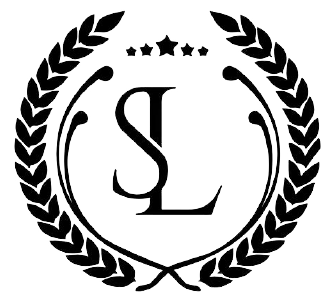What is an example of fixator muscle?
What is an example of fixator muscle?
The trapezius muscle can act as a fixator when the biceps is flexing the elbow joint. The abdominals can act as fixators to stabilise the body for hip and knee movements.
How does the fixator muscle work?
A fixator muscle is one that serves as a stabilizer of one part of the body during movement of another part. It allows the agonist muscle to work effectively by stabilizing the origin of the agonist muscle so that the latter can pull against the bone without it moving thereby achieve an effective contraction.
What is the fixator in forearm flexion?
Antagonist. Movement. Biceps brachii: in the anterior compartment of the arm. Triceps brachii: in the posterior compartment of the arm. The biceps brachii flexes the forearm, whereas the triceps brachii extends it.
What is a fixator muscle anatomy?
A muscle that acts as a stabilizer of one part of the body during movement of another part.
At which attachments do fixators work?
The majority of fixator muscles are found working around the hip and shoulder joints. Many muscles are attached to more than one bone via tendons. When this happens the muscles are said to be ‘multiarticulate’ or ‘multijoint muscles’.
Is deltoid a fixator?
Only three of the nine muscles act as prime movers for arm movements – pectoralis major, latissimus dorsi and the deltoid muscles. The other six are used as synergists or fixators. They also, however, act as synergists for angular or rotational movements of the arm.
What is the difference between fixator and synergist?
A fixator muscle’s function is to stabilize the origin of the agonist muscle so that it can move efficiently. Other muscles, known as synergist muscles, stabilize muscle movements to keep them even and control the action so that it falls within a range of motion which is safe and desired.
Is the bicep a fixator?
Example: Biceps curl – the biceps is the agonist muscle causing the movement, and the triceps are the antagonist muscle working in opposition to the biceps. A fixator muscle’s function is to stabilize the origin of the agonist muscle so that it can move efficiently.
Is a fixator painful?
Symptoms after External Fixation of the Lower Leg During the months you have external fixators inserted into your lower leg you will be given elbow crutches to provide protection, support and independence. You will experience pain in the area of insertion along with abnormal sensations.
Is the deltoid a fixator muscle?
the deltoid is acting as a fixator muscle. while flexing the elbow, the Biceps brachii and brachialis acting as Prime movers, and the triceps are acting antagonistically. here deltoid is working to stabilize the whole movement isometrically.
Is the quadriceps a fixator?
Antagonistic muscle pairs in action The hamstrings are the agonist and the quadriceps are the antagonist. The quadriceps are the agonist and the hamstrings are now the antagonist. The abdominals would be acting as fixators.
Is the Brachialis a fixator?
During forearm flexion, for example lifting a cup, a muscle called the biceps brachii is the prime mover. Because it can be assisted by the brachialis, the brachialis is called a synergist in this action (Figure 11.1. A synergist can also be a fixator that stabilizes the muscle’s origin. Figure 11.1.
What are the fixator muscles in a bicep curl?
The fixator muscles are which that stabilizes the origin of the agonist and the joint that the origin spans (moves over-prime movers) in order to help the agonist function most effectively with fewer efforts. For the bicep curl, this would be the rotator cuff muscles, the ‘guardians of the shoulder joint’.
What is a fixator in exercise?
To allow antagonistic pairs to work efficiently, other muscles called fixators assist by supporting and stabilising the joint and the rest of the body. The trapezius muscle can act as a fixator when the biceps is flexing the elbow joint. The abdominals can act as fixators to stabilise the body for hip and knee movements.
What are The Synergist muscles in the bicep curl?
In the bicep curl the synergist muscles are the brachioradialis and brachialis which assist the biceps to create the movement and stabilise the elbow joint. 4.
What Bone do Your biceps move when you curl?
When you perform a curl the biceps act to flex the elbow. However, the biceps are attached at two places, proximally as well as distally. Its distal attachment is to the radius and we want to move the radius bone when we curl a dumbbell or barbell.
